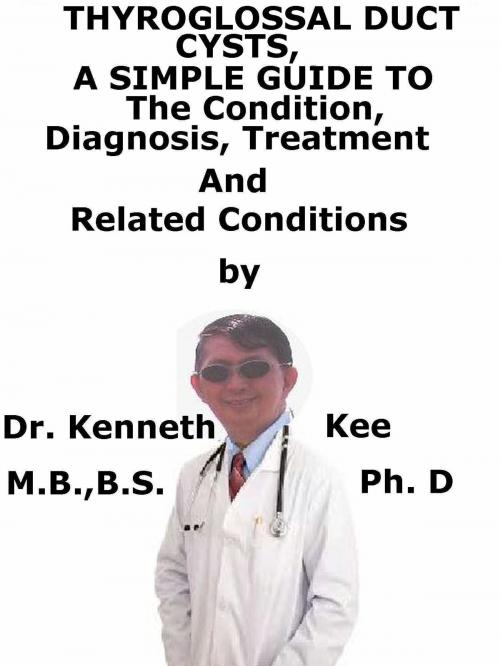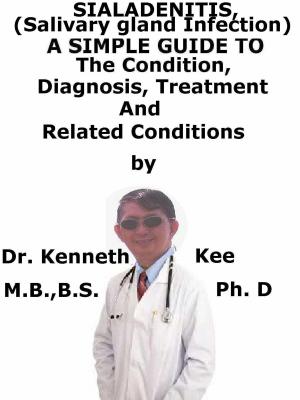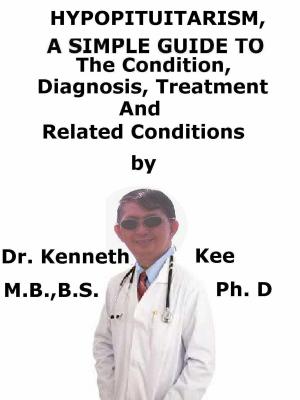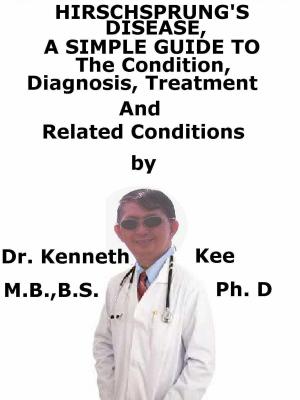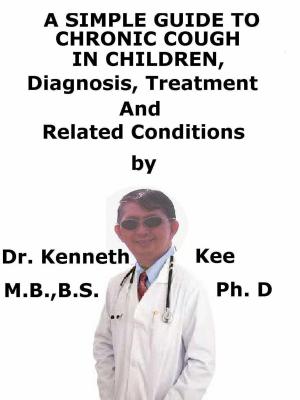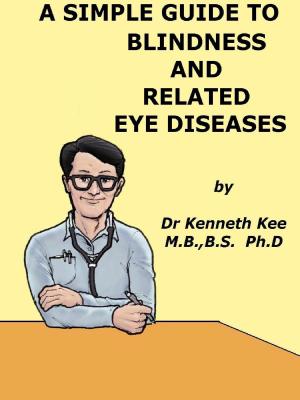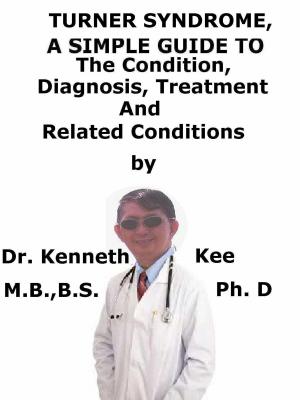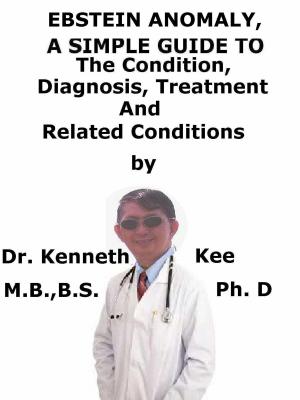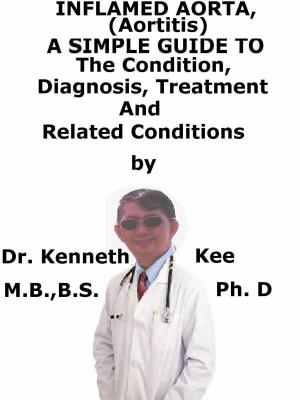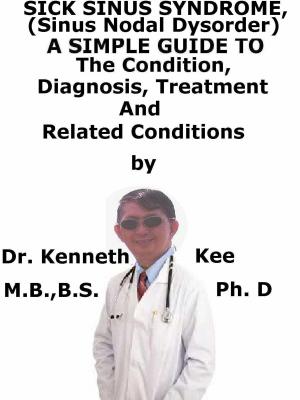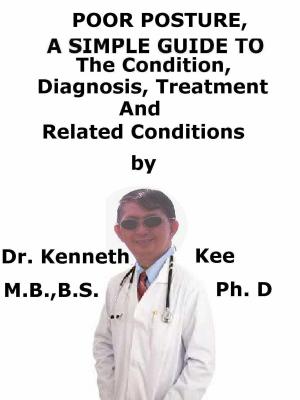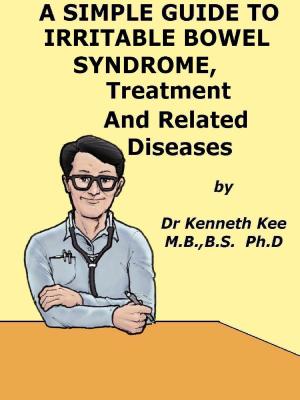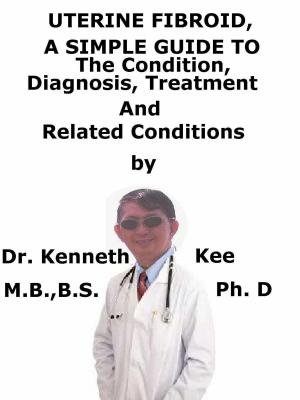Thyroglossal Duct Cysts, A Simple Guide To The Condition, Diagnosis, Treatment And Related Conditions
Nonfiction, Health & Well Being, Medical, Medical Science, Embryology, Specialties, Internal Medicine, Endocrinology & Metabolism| Author: | Kenneth Kee | ISBN: | 9781370336852 |
| Publisher: | Kenneth Kee | Publication: | November 10, 2016 |
| Imprint: | Smashwords Edition | Language: | English |
| Author: | Kenneth Kee |
| ISBN: | 9781370336852 |
| Publisher: | Kenneth Kee |
| Publication: | November 10, 2016 |
| Imprint: | Smashwords Edition |
| Language: | English |
The thyroglossal duct cyst (TDC) is a medical disorder that is a cystic lump in the front part of neck that is formed because of a persistent thyroglossal duct.
The thyroglossal duct is an embryonic tube that begins at the base of the tongue and moves down the neck to allow the thyroid gland to move to its position in the front of the neck..
It normally disappeared after the thyroid gland migration but may persist as ductal cyst.
Thyroglossal Duct Cysts (TDCs) are the second most common neck abnormalities after lymphadenopathy and are the most common congenital neck abnormalities.
They are responsible for 2-4% of all neck masses
90% of children before the age of 10 manifested with Thyroglossal Duct Cysts (TDCs)
70% of neck anomalies are from Thyroglossal duct cysts
A child is born with this cyst.
It is formed from leftover tissue from the development of the thyroid gland when an embryo was developing in the womb.
Even though the cyst is present at birth, it is normally not found until a child is at least age 2.
A person can live with a Thyroglossal Duct Cyst without any problems, until an infection is presented
Often a doctor finds a thyroglossal duct cyst when a child gets an upper respiratory infection.
The most common symptoms are:
1. A small, soft, round lump in the center front of the neck
2. Tenderness, redness, and swelling of the lump, if infected
The thyroid gland is palpated during the physical examination.
If the gland cannot be felt, ultrasonography, CT scanning or thyroid scanning may be useful.
A small needle is done to remove cells from the cyst for diagnosis.
Treatment may include:
1. Antibiotic medicine
2. Cutting into and draining the cyst, if antibiotic medicine does not get rid of the infection
3. Cutting out the cyst and some nearby tissue (surgical excision)
The operation to remove the cyst is called a Sistrunk operation
TABLE OF CONTENT
Introduction
Chapter 1 Thyroglossal Duct Cysts
Chapter 2 Causes
Chapter 3 Symptoms
Chapter 4 Diagnosis
Chapter 5 Treatment
Chapter 6 Prognosis
Chapter 7 Thyroid Nodules
Chapter 8 Neck Lumps
Epilogue
The thyroglossal duct cyst (TDC) is a medical disorder that is a cystic lump in the front part of neck that is formed because of a persistent thyroglossal duct.
The thyroglossal duct is an embryonic tube that begins at the base of the tongue and moves down the neck to allow the thyroid gland to move to its position in the front of the neck..
It normally disappeared after the thyroid gland migration but may persist as ductal cyst.
Thyroglossal Duct Cysts (TDCs) are the second most common neck abnormalities after lymphadenopathy and are the most common congenital neck abnormalities.
They are responsible for 2-4% of all neck masses
90% of children before the age of 10 manifested with Thyroglossal Duct Cysts (TDCs)
70% of neck anomalies are from Thyroglossal duct cysts
A child is born with this cyst.
It is formed from leftover tissue from the development of the thyroid gland when an embryo was developing in the womb.
Even though the cyst is present at birth, it is normally not found until a child is at least age 2.
A person can live with a Thyroglossal Duct Cyst without any problems, until an infection is presented
Often a doctor finds a thyroglossal duct cyst when a child gets an upper respiratory infection.
The most common symptoms are:
1. A small, soft, round lump in the center front of the neck
2. Tenderness, redness, and swelling of the lump, if infected
The thyroid gland is palpated during the physical examination.
If the gland cannot be felt, ultrasonography, CT scanning or thyroid scanning may be useful.
A small needle is done to remove cells from the cyst for diagnosis.
Treatment may include:
1. Antibiotic medicine
2. Cutting into and draining the cyst, if antibiotic medicine does not get rid of the infection
3. Cutting out the cyst and some nearby tissue (surgical excision)
The operation to remove the cyst is called a Sistrunk operation
TABLE OF CONTENT
Introduction
Chapter 1 Thyroglossal Duct Cysts
Chapter 2 Causes
Chapter 3 Symptoms
Chapter 4 Diagnosis
Chapter 5 Treatment
Chapter 6 Prognosis
Chapter 7 Thyroid Nodules
Chapter 8 Neck Lumps
Epilogue
